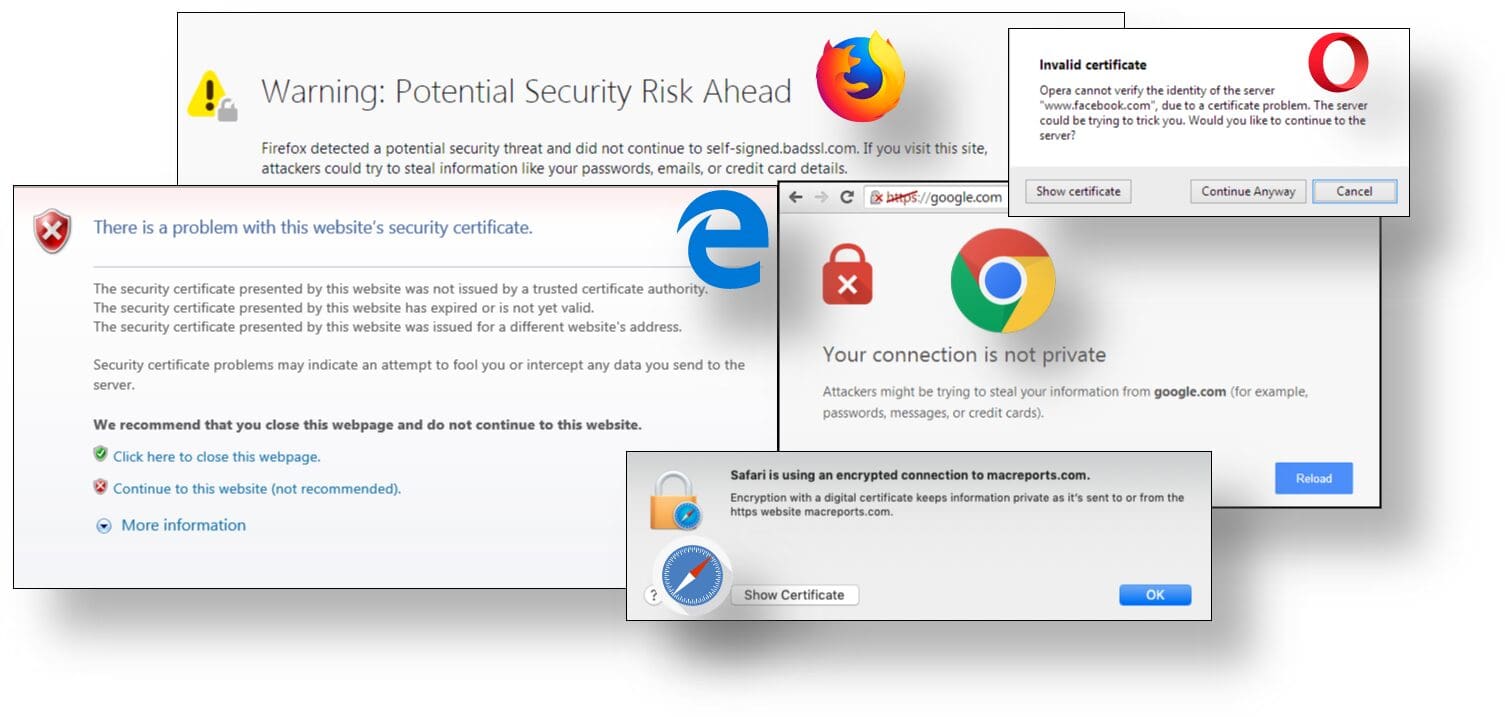Recent technological advancements have made it essential for organizations to understand the components of a Public Key Infrastructure (PKI) and how those components work together to secure data. In this blog post, we’ll be taking an in-depth look at each component and how they interact to create a reliable system that enables identity validation and encryption. We’ll also look into a self signed certificate and other types of digital certificates.
Table of Contents
What Is A PKI And Why It’s Important
Public Key Infrastructure (PKI) is a system that verifies the identity of individuals or entities in a network environment.
PKI is an essential technology that enables secure communication and information exchange without compromising the privacy of users or data. PKI allows for creating, distributing, and managing digital certificates used to validate the identity of users, devices, or websites.
The importance of PKI cannot be overstated, as it underpins the security mechanisms employed in everyday online transactions such as e-commerce, online banking systems, and government services. The technology provides a trusted framework that makes it easy to share confidential information while maintaining the integrity and confidentiality of the data.
In short, PKI is vital to ensuring digital communication security in our increasingly connected world.
Components Of A PKI
When implementing a Public Key Infrastructure (PKI), there are three main components to consider: the Certification Authority (CA), the Certificate Repository, and Digital Certificates.
The CA is responsible for verifying the identities of individuals and entities before issuing digital certificates. The Certificate Repository is the central location where all issued certificates are stored and made available for access.
Finally, Digital Certificates contain a user’s public key and other identifying information. Together, these components ensure the security and authenticity of data transmission in modern computing environments. Organizations can protect themselves from malicious attacks and data breaches by adequately understanding and implementing PKI components.
Different Types Of PKI Systems – Public, Private, Hybrid
Public Key Infrastructure (PKI) systems are a vital tool in the world of cybersecurity, providing a secure method of encrypting and authenticating data. There are three types of PKI systems: Public, Private, and Hybrid. Each has unique features that make it ideal for specific use cases.
A Public PKI system allows anyone to obtain a digital certificate, granting them access to encrypted data. A Private PKI system restricts access to a predetermined group of users, providing an additional layer of security. Hybrid PKI systems combine aspects of both Public and Private systems, providing a versatile and scalable solution.

Understanding the different types of PKI systems is crucial for organizations seeking to improve their cybersecurity posture.
What Is A Self-Signed Certificate And Other Types Of Digital Certificates?
In the digital world, security is paramount. One critical component of online security is digital certificates. These are electronic documents that prove the identity of a website or individual.
One type of digital certificate is a self-signed certificate. This certificate is issued by the owner of a website and not by a third-party organization.
Another type of digital certificate is a domain-validated certificate. A trusted third party issues this certificate after verifying the ownership of a domain name.
Lastly, an extended validation certificate provides the highest level of validation, requiring a rigorous verification process before issuance.
Understanding the different types of digital certificates is essential to ensure the security of your online transactions and communications.
Conclusion
As you can see, using a PKI system offers various benefits to companies and organizations. It is a secure way to communicate and share digital certificates more intermittently. With the different types of PKI systems, such as public, private, and hybrid, available for organizations, there are options for companies to select the one that suits their needs best. Additionally, understanding a self-signed certificate and other types of digital certificates available helps organizations make an informed decision when creating a PKI system. Installing a reliable PKI system can potentially secure your data and help you build trust within your organization while avoiding cyber threats efficiently.










